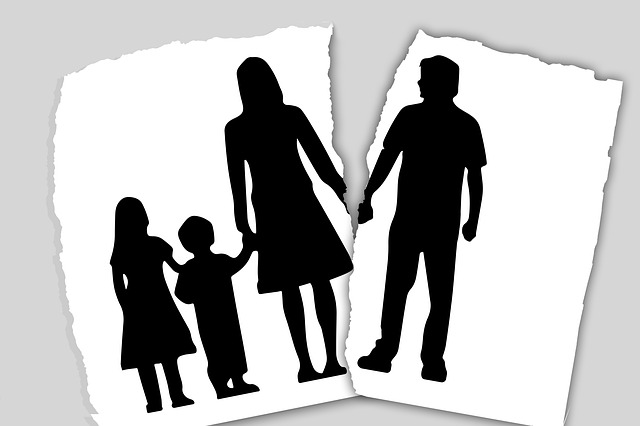A legal separation or divorce is without any doubts a very stressful and difficult situation for many married couples in California, yet every year thousands of spouses seek the help of a “documents preparer” for assistance with their divorce case because they don’t know the necessary steps to prepare or serve their divorce papers.
Legal steps for filing for divorce in California
Let’s remember that California law allows for a “no fault” divorce, which means that in the state of California the spouse asking for a divorce doesn’t need to prove any wrongdoing by the other spouse. A typical divorce case could last 6 months from start to finish and you can consider yourself completely divorce and legally able to enter into a new marriage only when you receive the final divorce certificate carried out by the judge who proceeded your case.
The first step to carry out when an individual decides to file for divorce is to deliver the “Summons and Complaint” to the spouse. This will inform your spouse that you are asking for a divorce. It’s important to hire a legal courier service or service of process company or a trustworthy third party who can deliver the Summons because the party requesting the divorce is not allowed to serve these papers.
There are two ways to present your divorce case: by mutual agreement or contentious, the latter will be when the spouses don’t reach an agreement regarding some of their assets, child support, custody, etc. However, the divorce by mutual is very common and most people can carry out the entire divorce papers by themselves.
Let’s review some of the steps for filing for a divorce by mutual agreement:
The divorce proceedings start when you file your divorce with the local family court. The law requires the following documents to accompany the petition:
- Certificate of marriage
- Birth certificate of children (if any)
- The proposal for an agreement
- The final agreement reached between the couple.
It is very important to work with your spouse to find common ground and work together or even with the assistance of an attorney to create and finalize the proposal for agreement. The proposal will dictate a lot of the responsibilities for each spouse towards each other and their children after the divorce, it will include some of the following terms:
- Child custody and visitation: who will be the primary guardian of the children, who has rights to visitation as well as a visitation schedule.
- Visitation and communication with their grandparents.
- Who will be keeping the assets acquired during marriage such as home, cars, furniture, appliances, etc.
- Who will be responsible for the debt acquired during the marriage.
- Child support: usually through the monthly payment for the care, health, food and education of the children.
- Spousal support: this usually occurs when the husband or wife have to make monthly payments for a certain number of years to the other spouse who has suffered an illness or in the case that this spouse has dedicated to the care of the home and children, without being able to take a paid job during their marriage.
After the agreement is complete and presented to the court in California, a judge will have ten days to notify the parties. If the agreement is not missing important information, the court may render a judgement of divorce and approve the agreement, making it an official order which both parties must abide after the divorce.

